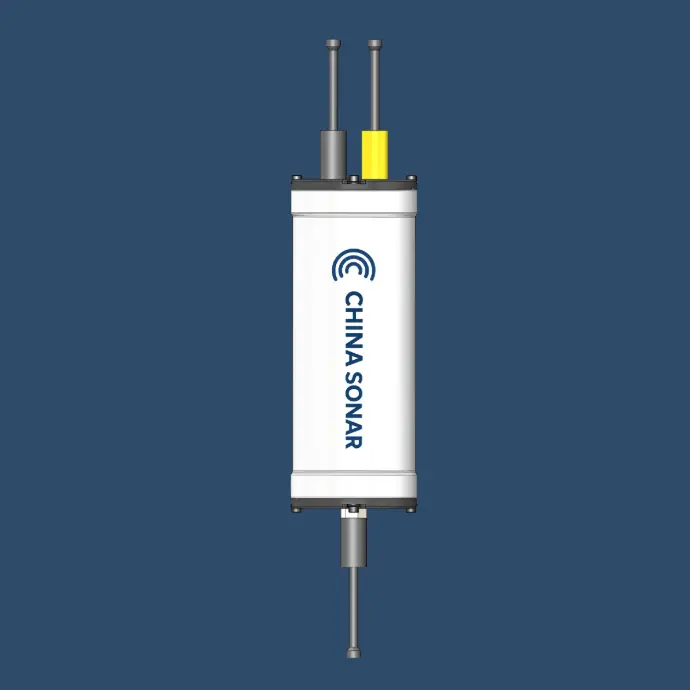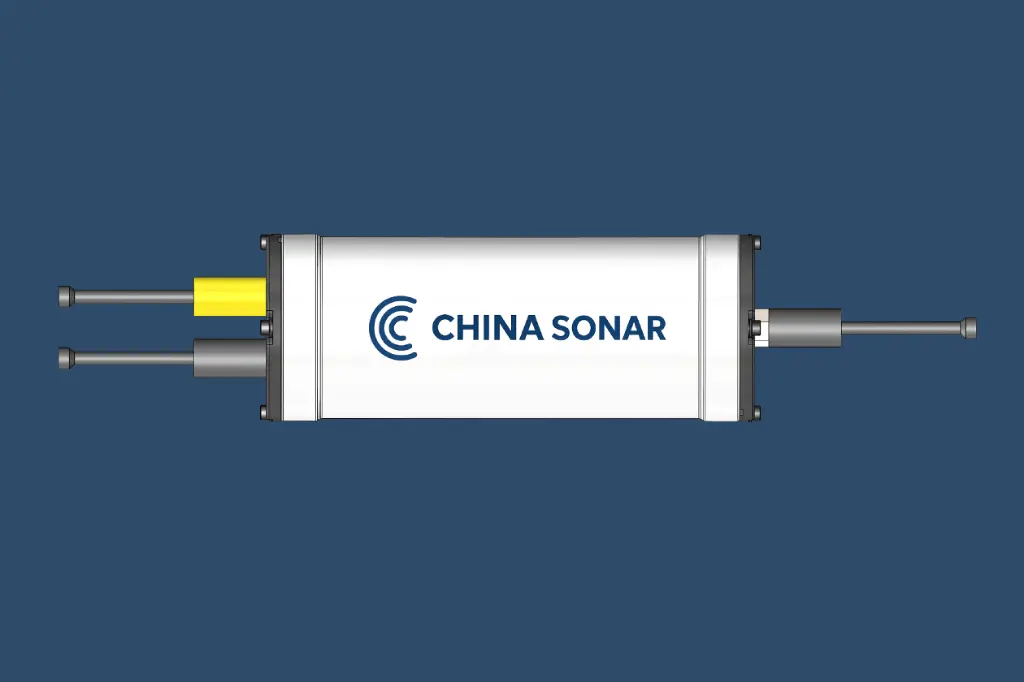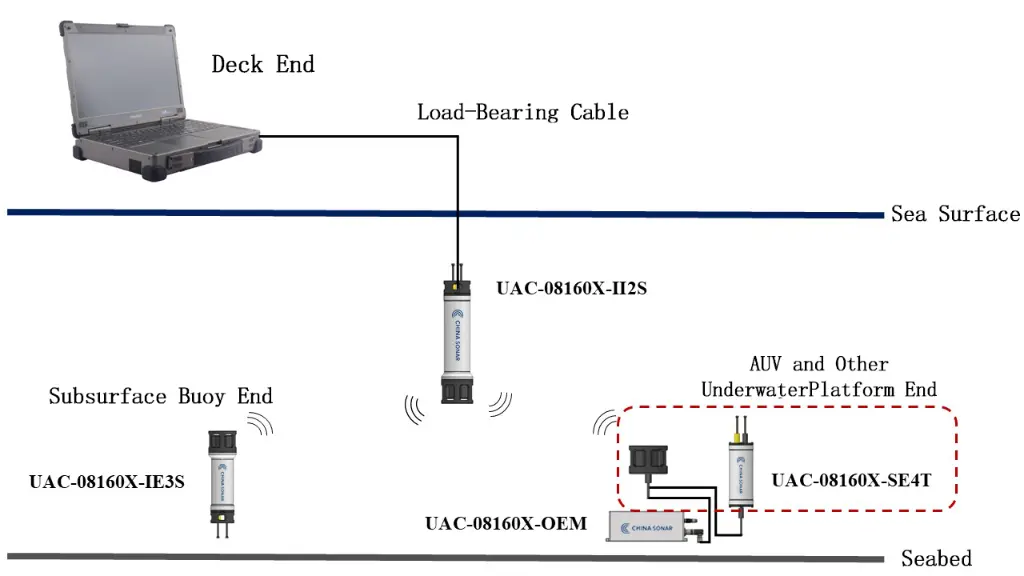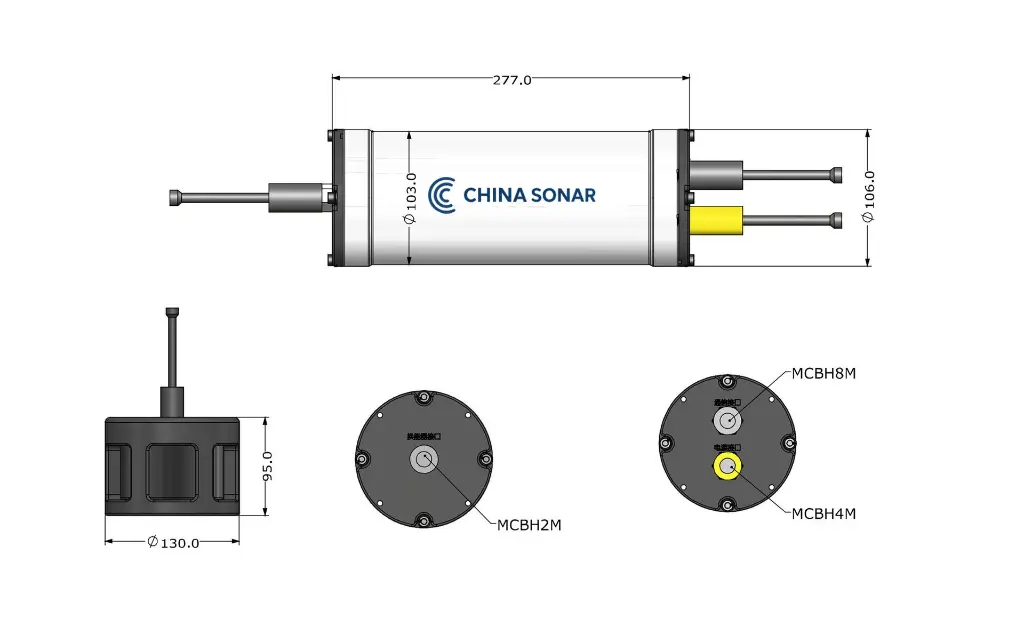UAC-08160X-SE4T
Underwater Acoustic Communication
Key Features
- AUV-Optimized Communication – Provides reliable acoustic links for AUVs, ensuring stable navigation, mission control, and data transmission.
- Deep-Sea Capability – Operates at depths up to 6000 meters, suitable for extreme subsea operations.
- Lightweight & Durable – Constructed from TC4 titanium alloy, combining strength with reduced weight, making it ideal for mobile underwater vehicles.
- Flexible Power Options – Externally powered with customizable battery compartments.
- Reliable Long-Range Communication – Achieves 10 km underwater communication with up to 4 kbps data rate (BER 10⁻⁴).
- Protocol Support – Supports standard control protocols, with technical assistance for custom protocol development.
Specifications
Applications
· AUV communication systems
· Seabed base communication
· Buoy data relay and ocean monitoring
· Long-term marine research and subsea data transmission
Application Diagram
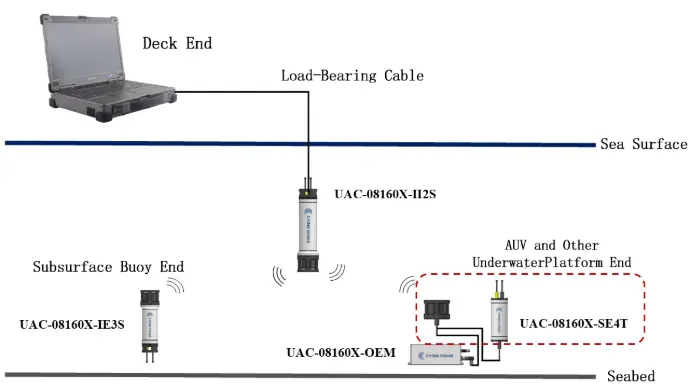
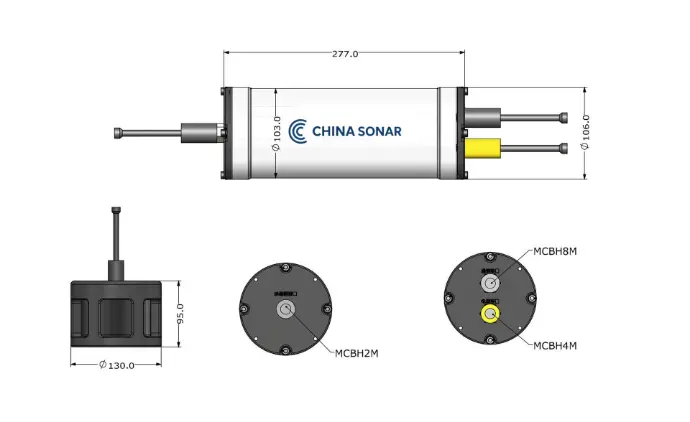
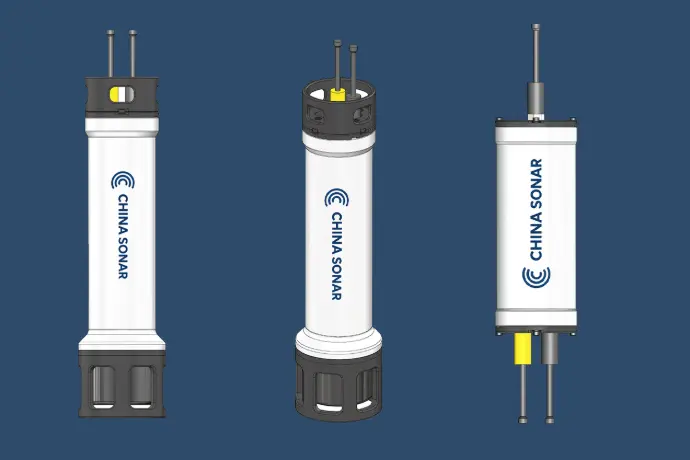
Explore the UAC-08160X Series
The UAC-08160X Series includes the portable II2S, the 4000 m-rated IE3S, the 6000 m deep-sea SE4T, and the highly integrable OEM system solution. Whether for shallow-water trials, coastal monitoring, or deep-sea engineering and system integration, the UAC-08160X Series delivers reliable performance for diverse underwater acoustic communication needs.
Related Products
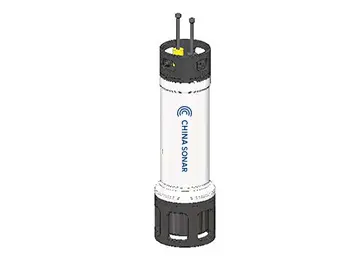
UAC-08160X-II2S
Frequency: 8kHz-16kHz
Communication Distance: 10km
Communication Rate:100-4kbps
Bit Error Rate:
10⁻⁴
Operating Range: 300m
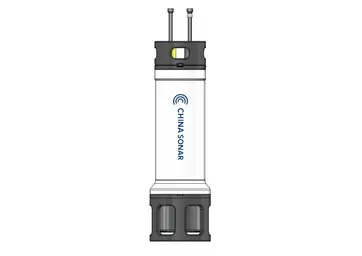
UAC-08160X-IE3S
Frequency: 8kHz-16kHz
Communication Distance: 10km
Communication Rate:100-4kbps
Bit Error Rate:
10⁻⁴
Operating Range: 4000m
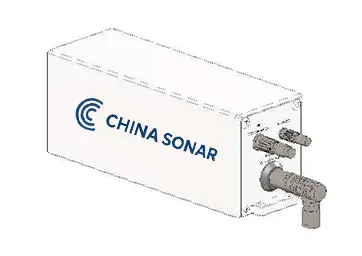
UAC-08160X-OEM
Frequency: 8kHz-16kHz
Communication Distance: 10km
Communication Rate:100-4kbps
Bit Error Rate:
10⁻⁴
Operating Range: ≤6000m
How the UAC-08160X-SE4T Works
The UAC-08160X-SE4T is a deep-sea underwater acoustic communication system designed for reliable long-range data exchange in environments where radio frequency (RF) and optical signals cannot propagate. As part of the UAC-08160X series, this model is rated for 6000-meter operations, making it ideal for deep-ocean research, subsea monitoring, and offshore engineering applications.
Signal Conversion & Modulation
- Data from buoys, autonomous underwater vehicles (AUVs), remotely operated vehicles (ROVs), or seafloor sensor networks is first digitized.
- The underwater acoustic modem then applies advanced modulation schemes such as MASS and SC-MPSK, encoding digital information onto acoustic carriers in the 8–16 kHz frequency band, optimized for deep-sea underwater communication.
Transmission & Propagation in Deep Water
- Once modulated, acoustic wave transmission is emitted into seawater, traveling distances of up to 10 km under optimal conditions.
- Data rates range from 100 bps to 4 kbps, with a typical bit error rate around 10⁻⁴.
- The SE4T operates in half-duplex mode, alternating between transmit and receive, ensuring stable and energy-efficient communication in challenging deep-sea environments.
- Propagation is influenced by temperature, salinity, pressure, and multipath reflections from the seabed and surface. The system’s robust design and signal processing algorithms mitigate these effects for consistent performance.
Reception & Data Recovery
- Incoming underwater acoustic signals are captured by a hydrophone.
- The system then demodulates the signal and reconstructs the original digital data, enabling reliable transfer of telemetry, commands, and sensor information in subsea communication networks.
- Power management allows extended deployment, supporting autonomous operation for scientific missions and industrial monitoring.
Operational Parameters & Deployment
- Maximum working depth: 6000 meters, providing full coverage for deep-ocean exploration, subsea infrastructure, and offshore energy projects.
- Interfaces: Standard RS-232, RS-485, and RS-422 serial connections for easy integration with existing underwater acoustic systems.
- Power efficiency: Optimized energy consumption ensures long-term deployment in ocean observatories and seafloor monitoring stations.
Typical Application Scenarios
- Deep-ocean observatories and long-term environmental monitoring networks.
- Subsea cable and pipeline monitoring in offshore energy operations.
- AUV/ROV communication for control and data relay in deep-sea exploration.
- Buoy communication systems for oceanographic data collection.
- Offshore engineering projects including oil & gas, renewable energy platforms, and marine infrastructure.
